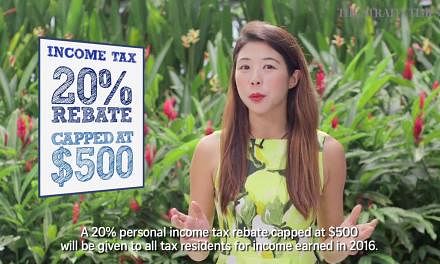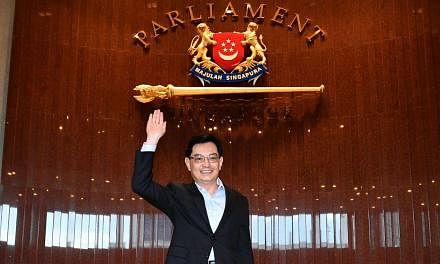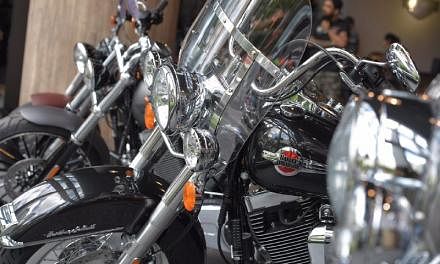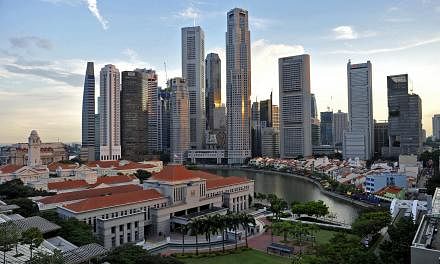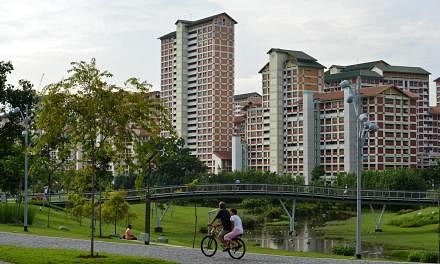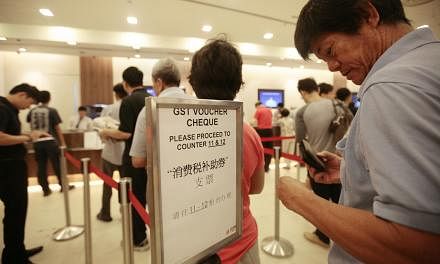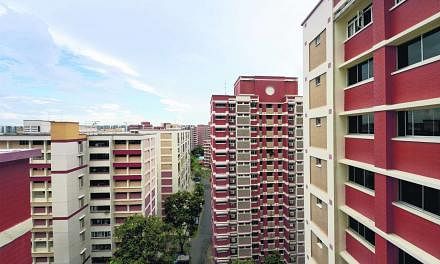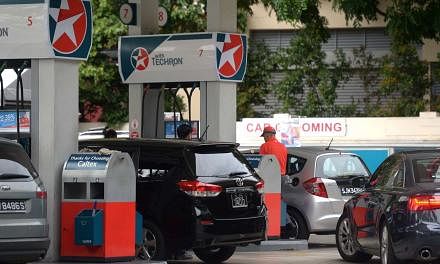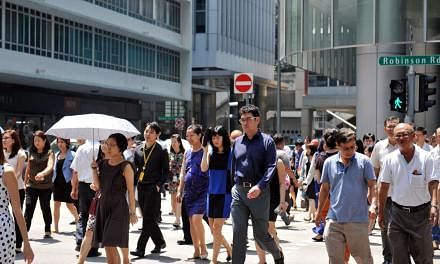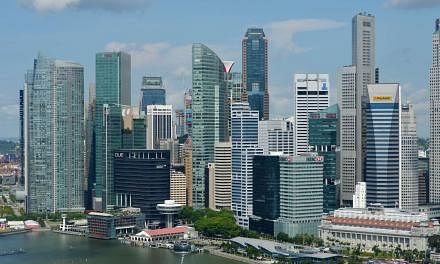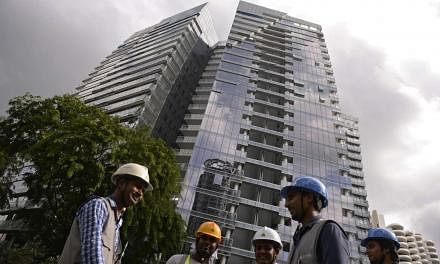A tiered Additional Registration Fee (ARF) system for motorcycles will make high-end motorbikes - from makes such as BMW, Harley-Davidson and Ducati - substantially costlier than they are today.
These machines usually range from $25,000 to $50,000, and could breach $70,000 with the tiered ARF.
A range-topping model like the Indian Motorcycle Roadmaster, retailing at around $53,000 today, would cost close to $75,000 - all other things remaining unchanged.
This will obviously temper demand for these two-wheelers, even if more than half of motorcycle buyers will be unaffected. Consequently, it may cool motorbike certificate of entitlement (COE) premiums, if only for the short term.
A similar scheme introduced for high-end cars in 2013 resulted in sales plunging. COE premiums also fell, but that could not be attributed solely to the new taxation plan because a car loan curb was introduced at the same time. But in the past, reductions in the ARF had led to COE prices creeping up. So, conversely, it is fair to assume increases in the ARF will lead to COE premiums falling.
What will keep a check on motorcycle COE prices in the longer term, however, is the move to exempt the motorbike COE category from contributing to the Open category.
Currently, the Open category is made up of 10 per cent from each of the other categories.
Going by the February-April quota, an exemption would have resulted in about 220 additional motorcycle COEs. If extrapolated to the whole year, this will mean close to 900 more COEs for motorcyclists.
This should keep the lid on the two-wheel premium, which is now hovering around $6,400 - four times what it was in 2013.
Other factors which have been contributing to the price surge will continue to exist. These include speculative trading by big players and, of late, heightened demand from newcomers such as food delivery companies.
Making motorbike COEs non-transferable (like those for cars) would check speculative trading. Several quarters had actually lobbied for splitting the motorbike COE category according to engine sizes. But the Government has resisted that, saying the resultant sub-categories will be too small and, thus, exposed to more volatility.
A tiered ARF system is a better way. It also introduces an element of social equity, by making wealthy motorcyclists pay more. Essentially, it is the same argument for introducing tiered ARFs for cars four years ago.
If sauce for the goose is sauce for the gander, then this tiered taxation should also apply to commercial vehicles. Today, a buyer of a small Volkswagen Caddy pays the same ARF (5 per cent) as a buyer of a massive Mercedes-Benz Actros truck. They also bid for the same COE.
A tiered ARF system for commercial vehicles will thus be more equitable.

